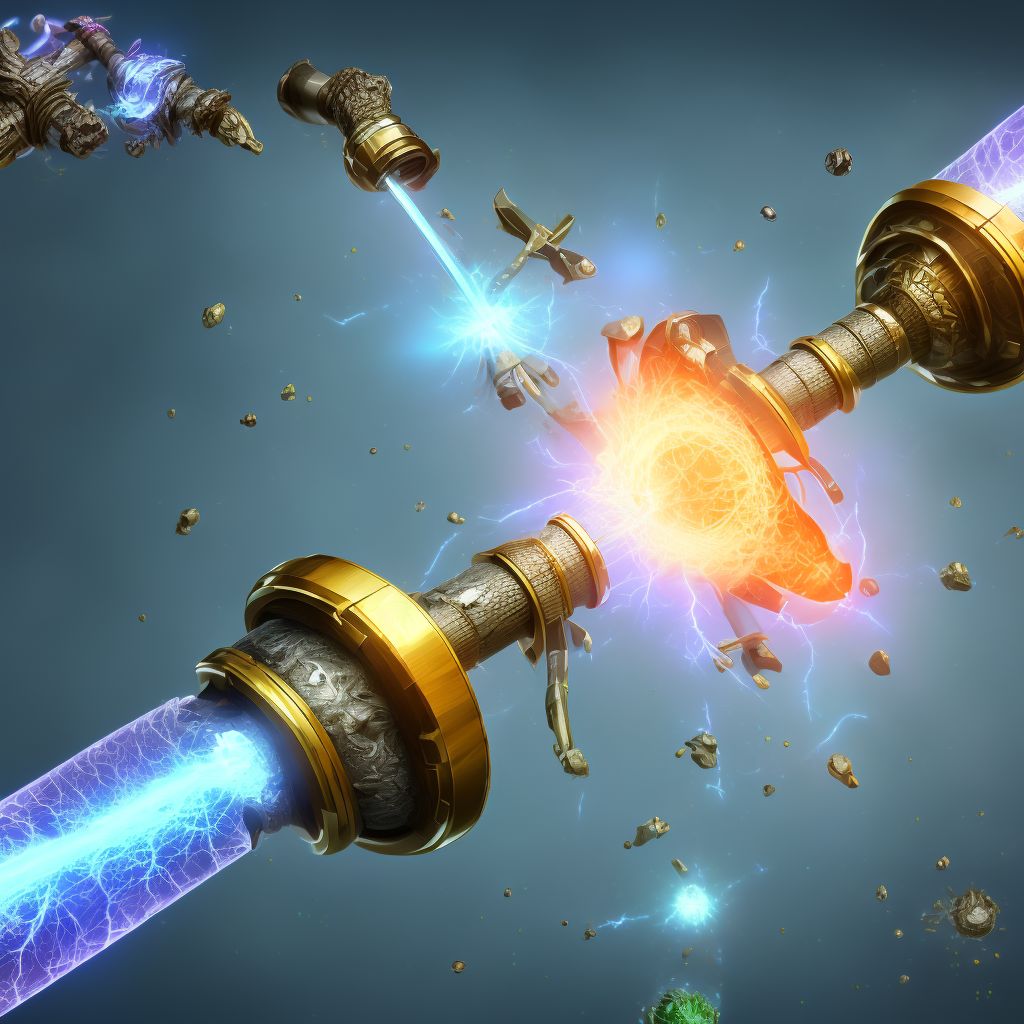
Displaced spiral fracture of shaft of right tibia, subsequent encounter for open fracture type IIIA, IIIB, or IIIC with routine healing Save
ICD-10 code: S82.241F
Disease category: S82.241: Displaced spiral fracture of shaft of right tibia
Understanding Displaced Spiral Fracture of the Shaft of Right Tibia
When it comes to bone fractures, one type that can occur in the lower leg is a displaced spiral fracture of the shaft of the right tibia. This specific type of fracture is characterized by a break in the tibia bone, where the fracture line spirals around the shaft of the bone.
Displaced spiral fractures of the tibia can be further classified as open fractures, which means that the broken bone has punctured the skin. These fractures are categorized as type IIIA, IIIB, or IIIC, depending on the severity of the injury and the extent of soft tissue damage.
If you have experienced a displaced spiral fracture of the shaft of your right tibia, it's important to understand the subsequent encounter for open fractures. During this subsequent encounter, your healthcare provider will assess the progress of your fracture and monitor the healing process.
- Routine Healing: One aspect that will be closely observed during the subsequent encounter is the routine healing of the fracture. The healing process typically involves the formation of a callus, which is a bridge of new bone that connects the broken segments. Your healthcare provider will ensure that the healing is progressing as expected.
- Monitoring Soft Tissue: Since open fractures involve soft tissue damage, your healthcare provider will also monitor the healing of the surrounding tissues. This is important to prevent any complications, such as infection or delayed healing.
- Follow-up X-rays: X-rays are commonly used to evaluate the progress of bone healing. Your healthcare provider may order follow-up X-rays to assess the alignment of the fracture and determine if any additional intervention is necessary.
Although the subsequent encounter for open fractures focuses on monitoring and evaluating the healing process, it is essential to follow your healthcare provider's instructions for proper care and rehabilitation. This may include immobilization, physical therapy, or other interventions to aid in your recovery.
In conclusion, a displaced spiral fracture of the shaft of the right tibia is a specific type of fracture that requires careful monitoring during the subsequent encounter for open fractures. Routine healing, soft tissue monitoring, and follow-up X-rays are crucial aspects of this process. Remember to consult with your healthcare provider for personalized guidance and treatment recommendations.
Treatment of Displaced spiral fracture of shaft of right tibia, subsequent encounter for open fracture type IIIA, IIIB, or IIIC with routine healing:
Treatment Options for Displaced Spiral Fracture of Shaft of Right Tibia
Dealing with a displaced spiral fracture of the shaft of the right tibia can be a challenging experience. However, with the right treatment options, you can recover and regain normal functionality. Here, we will explore some of the treatment options available for this type of fracture.